Patronal Feast August 2018
Traditions that last over time
La Vara di Messina is a large votive wagon dedicated to Our Lady of the Assumption carried in procession on August 15th each year.
The cycle of events culminating with the feast of Our Lady of the Assumption is the moment of maximum religious expression on the part of the people of Messina, despite the patronal feast of the town is that of Our Lady of the Letter, whose liturgical anniversary falls on 3 June. Generally the term vara refers to the processional machine or artefact, specifically the grandiose pyramidal structure. The proper casket, consisting of a crystal urn is placed on the platform of the first order of the slides (cippu), in the large space under the frame. The use as a triumphal chariot for profane use dates back to 21 October 1535, in honor of Emperor Charles V, passing through Sicily after the triumphal Conquest of Tunis.
The machine, appropriately modified at the top, in place of the figure of the Eternal Father supporting the Virgin Mary, presented the statue depicting the emperor with the signs of victory in his hand. On November 2, 1571 with John of Austria victorious in the Battle of Lepanto, the show of the triumphal chariot with the same structures was repeated by making the necessary changes to the character placed at the top of the main pinnacle.
In June 1575 a plague epidemic broke out in Messina that lasted about thirty years, causing the death of over 40,000 people. The disease was brought by Levante after the battle of Lepanto (October 7, 1571) and soon spread to Reggio and other coasts of Calabria, including Palmi (although in a minor way). The citizens of Palmi welcomed those who fled from the Peloritan city and also, through his sailors, sent substantial aid in the kinds of food and oil.
After the calamity, Messina as a sign of gratitude and gratitude towards the Calabrian town, with a resolution of the Senate wanted to donate to the ecclesial authorities of Palmi, as a sign of thanks for the aid given, one of the Madonna’s hair that was brought to the Sicilian city in 42 A.D together with a letter of blessing and protection from the mother of Christ.
On 11 January 1582, accompanied during a crossing by a multitude of Palese boats paved for a party, Giuseppe Tigano’s boat brought from Messina to the Marina of Palmi a reliquary containing the Sacro Capello. From 1720 the processional event has moved from 14 to 15 August. Earthquake of 1908. The destruction caused by the disastrous seismic swarm and the slow reconstruction, the traditional parade of votive wagon resumed in 1926 with the Festa della Rinascita along the rebuilt via Ferdinandea, today via Garibaldi, from Piazza Ottagona (piazza Filippo Juvarra) consolidating a new itinerary that allowed greater capacity for the public. During the events of the years of World War II, by vote, it was mainly the women of Messina to pull the ropes.









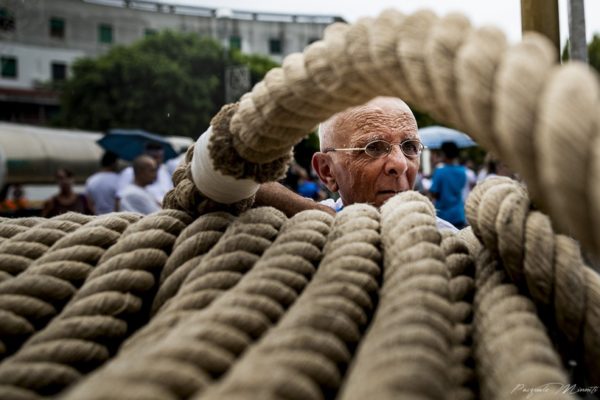

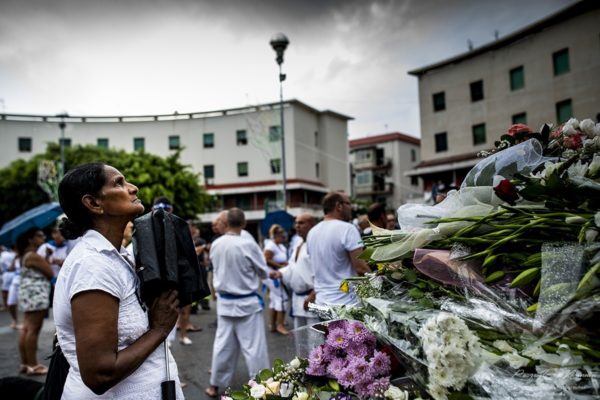









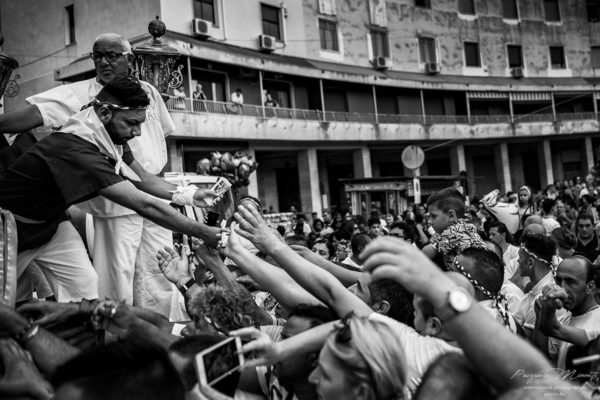
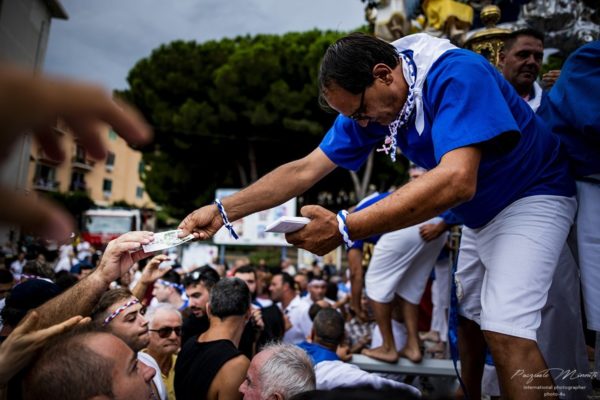



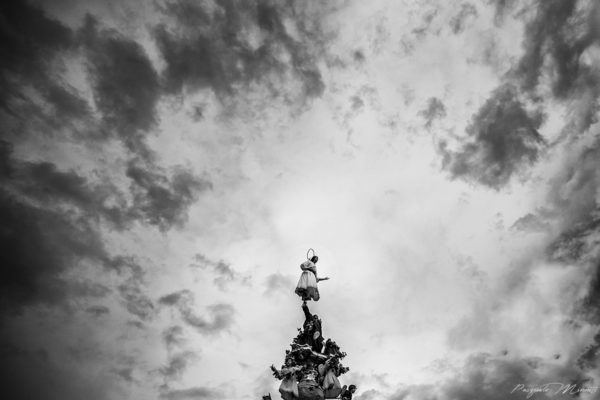



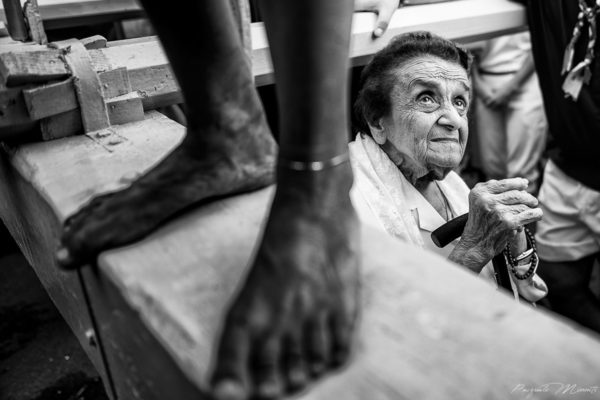










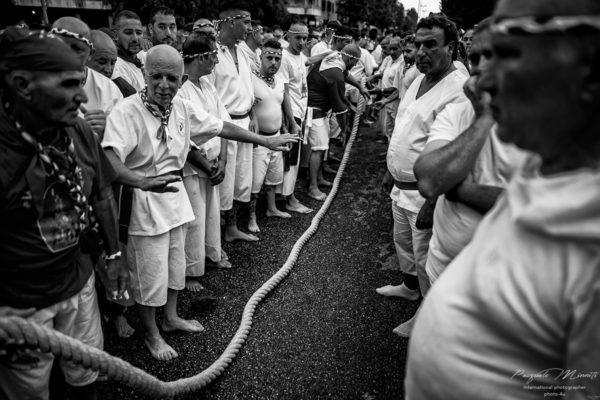







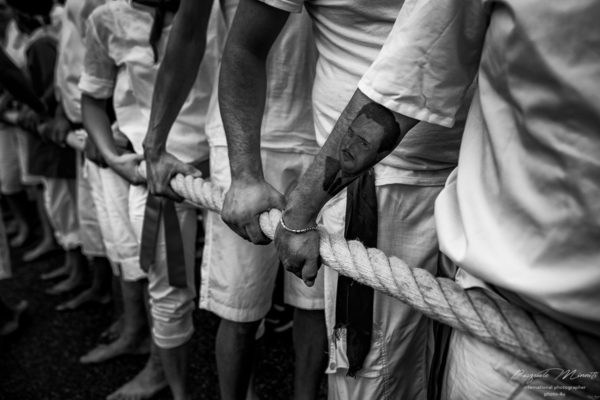










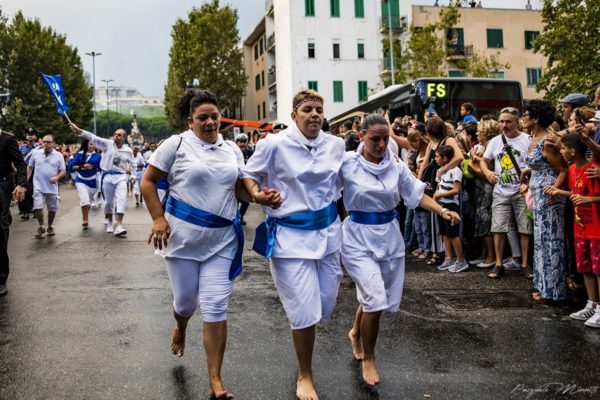


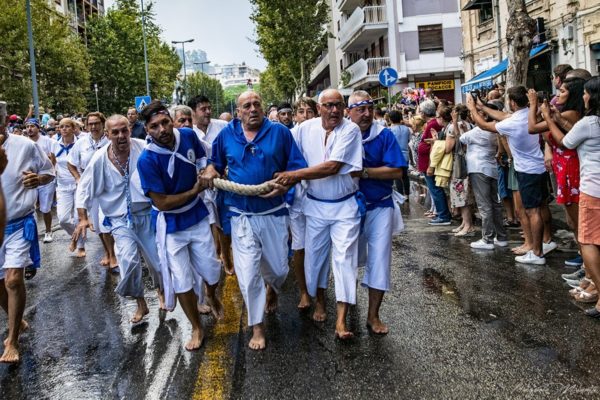












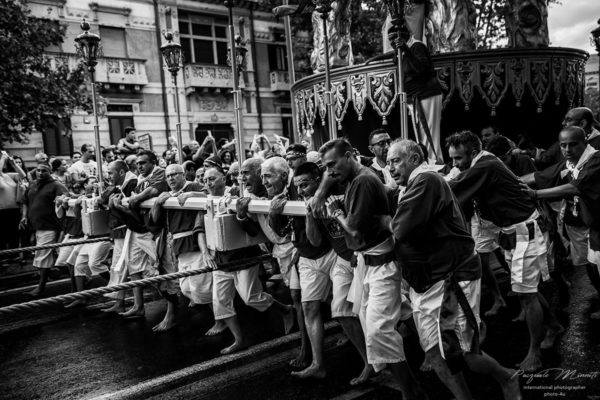




























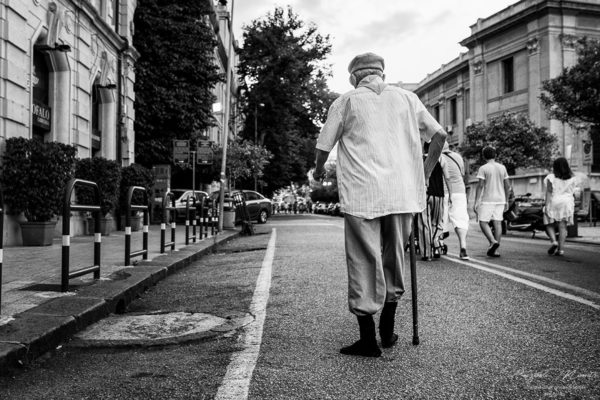



2 Responses
Federica
Da messinese mi sono emozionata….
Pasquale Minniti
Grazie di cuore, ha emozionato anche me <3